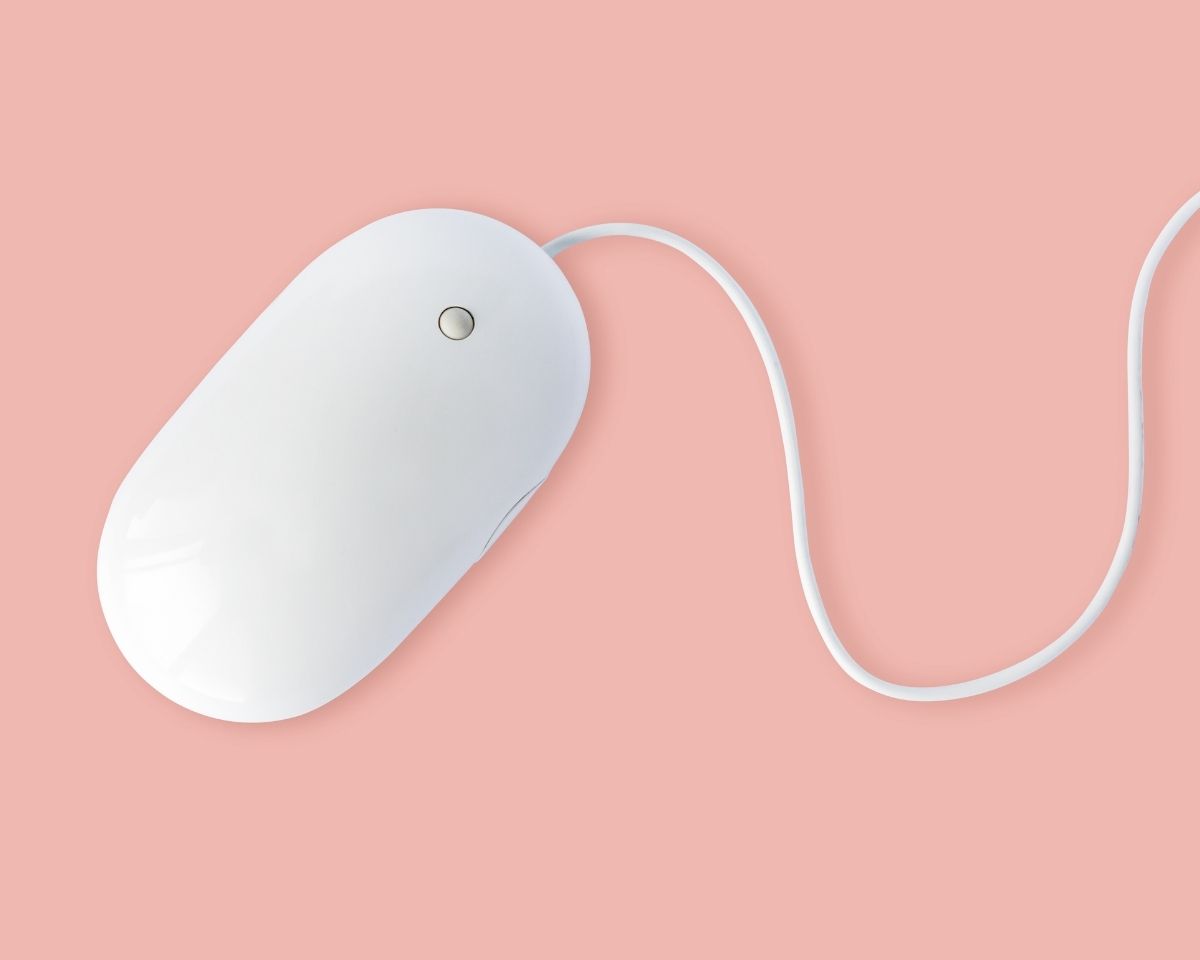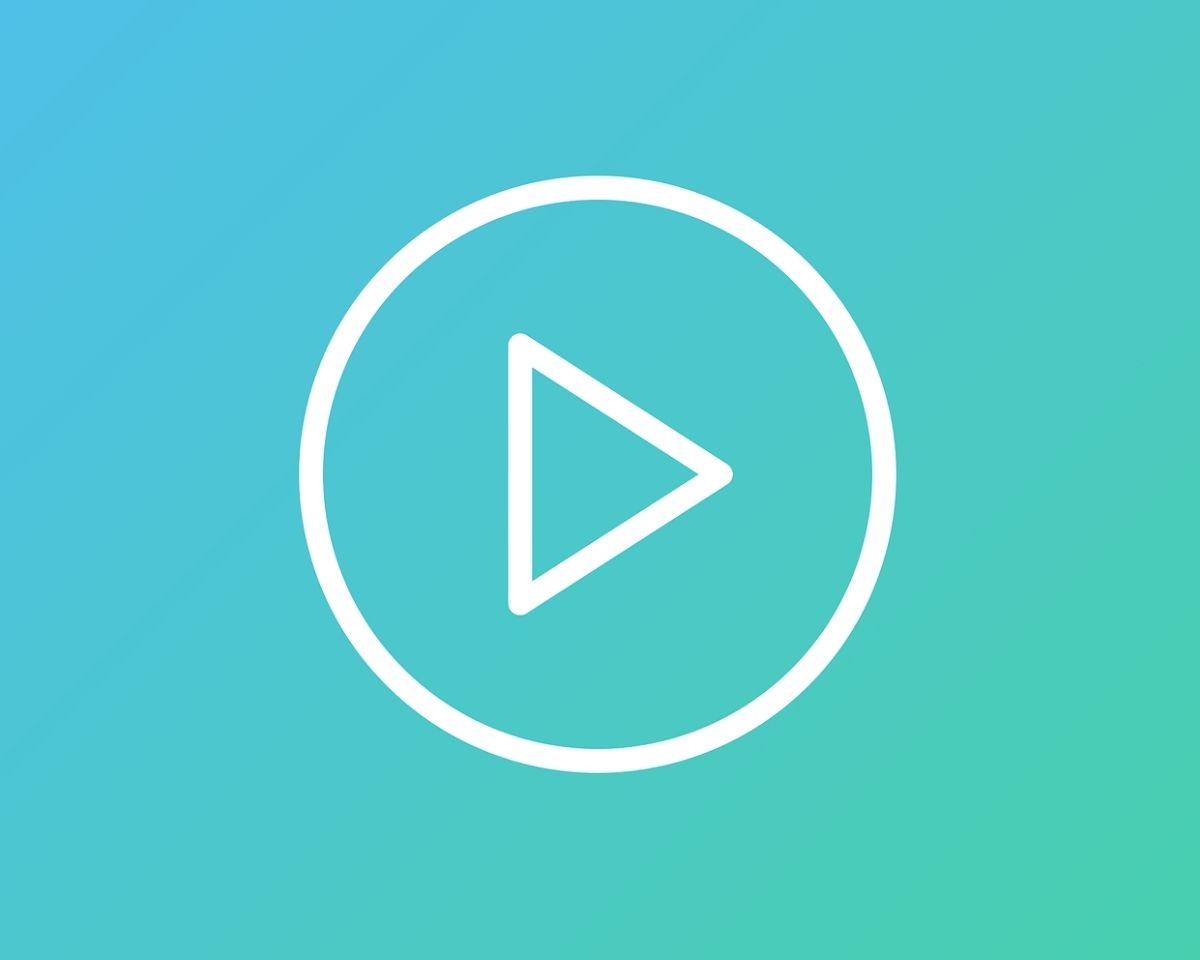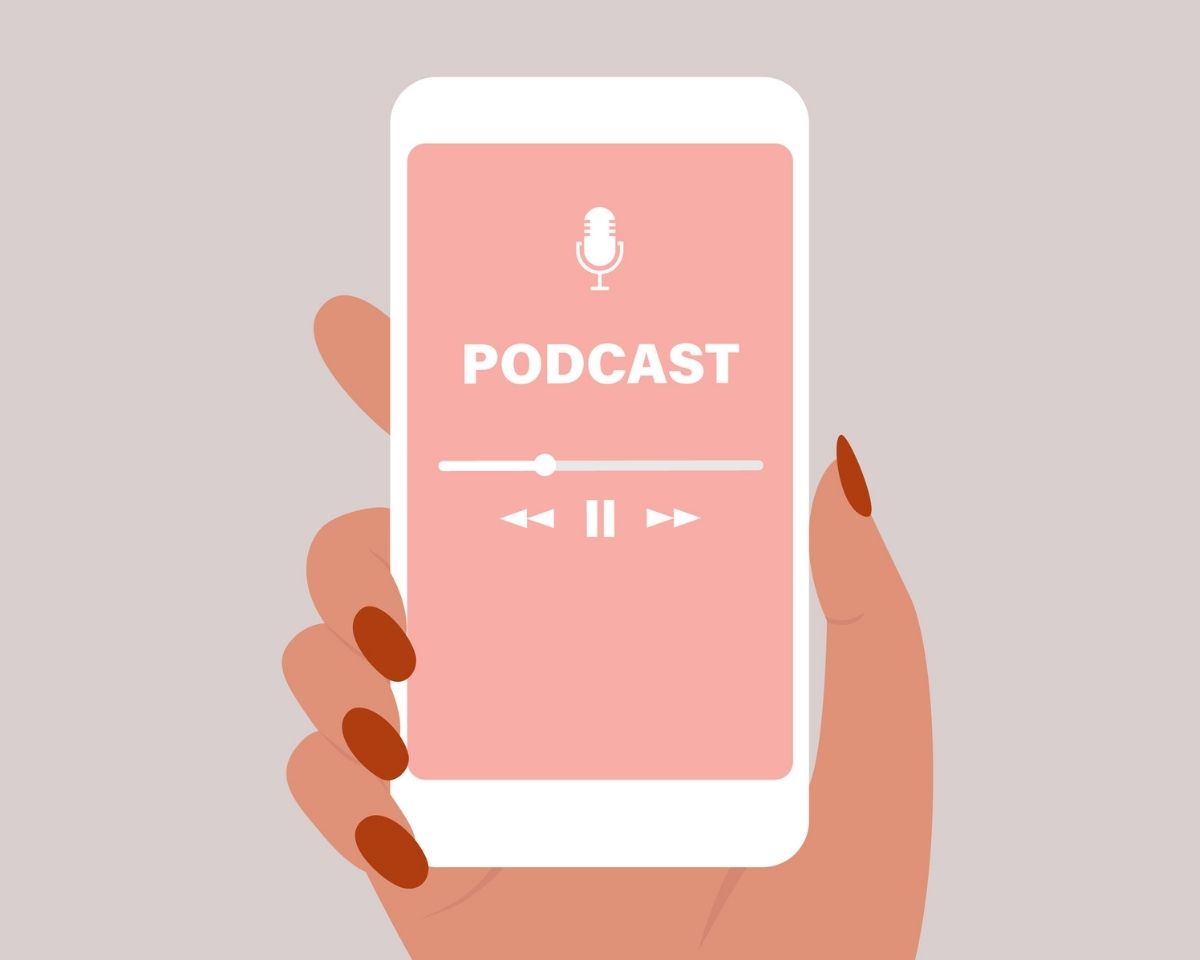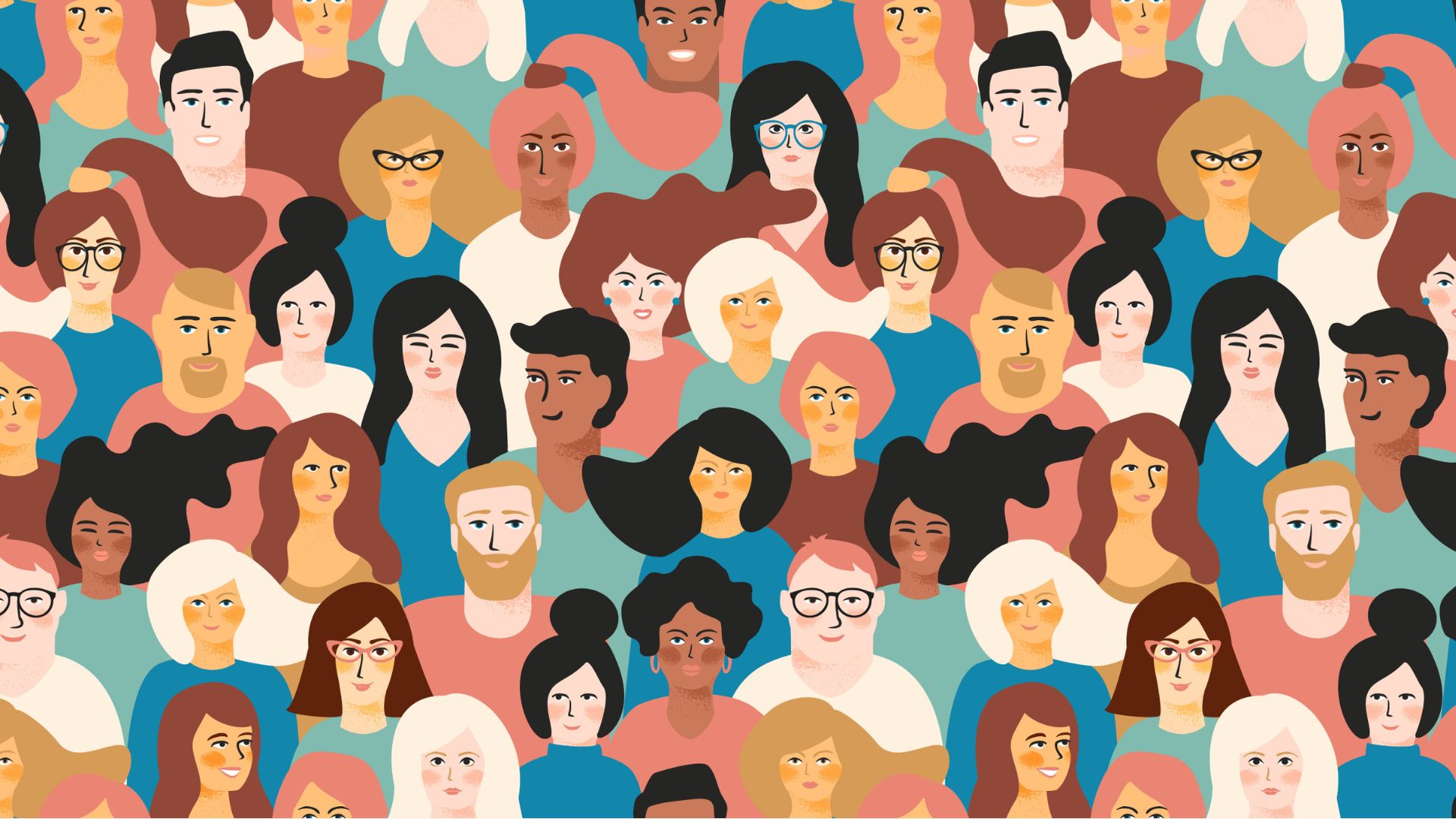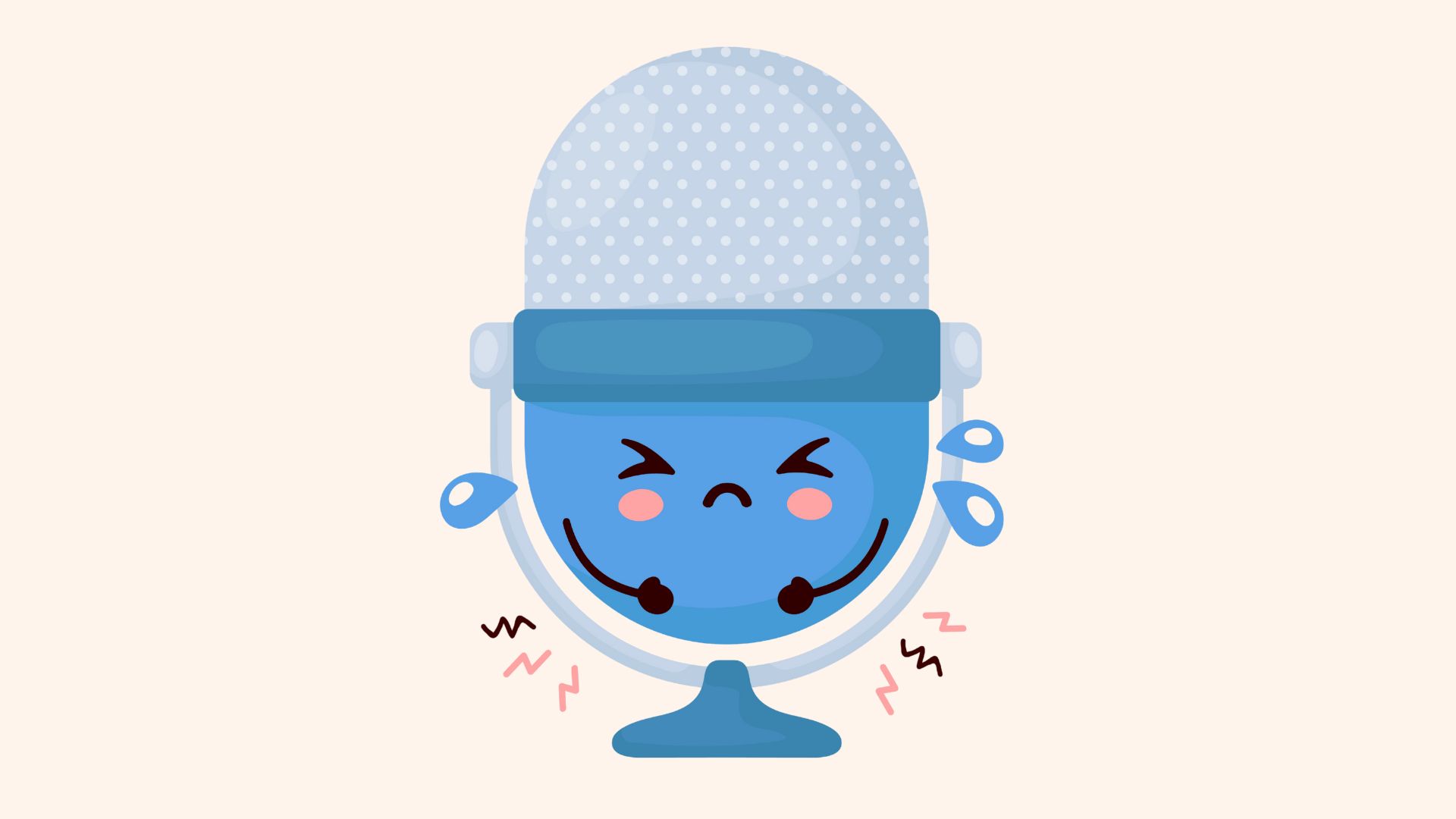A universal link means no one gets left out
Since you want your podcast to be available to everyone, no matter what device they listen to podcasts on, you need to share your show using a universal link.
That means a link that works for everyone.
Want help starting your podcast? Download my FREE ‘How To Start A Podcast’ guide.
How to share your podcast to iPhone AND Android users
Share a link to your website
I’ll caveat this by saying you should only share your podcast this way if it’s SUPER easy to listen to your show on your website.
Ideally, you want to remove as much friction as possible for potential listeners, so they don’t get bored and move on.
And friction includes having to click a bunch of links to get to the right spot or scroll for miles to find out where to play your episodes.
If you’re going to point people to listen via a page or post on your website it’s got to be easy.
That means having a clearly visible play button near the top of the page so they don’t have to scroll down, as well as links to your show in all the major podcast apps so they know where to follow or subscribe.
Share your podcast host show page
Your podcast host (e.g. Buzzsprout, Captivate, Omny) will generate a show page for your podcast and these often feature a player and links to your podcast in the major apps.
The design of these pages and players vary a lot between hosts so make sure you look at the design before you choose your podcast host if that is important to you.
Share an Apple Podcasts or Spotify link
For years Apple Podcasts didn’t work on Android so sharing your show via an Apple Podcasts link meant anyone who clicked on an Android phone got taken to internet purgatory.
Finally in 2024, Apple Podcasts become available as a web app so it could be accessed on all devices.
While this is a good option, it’s important to note not everyone uses Apple Podcasts or Spotify so you might be sending someone to a platform they don’t love or use.
But it’s still a way to share your show that will work for everyone.
Use a podcast page generator
Like your podcast host page, these websites generate a show page with links to different apps and (ideally) a player where people can listen to your episodes e.g. Podnews Subscribe Page, Podlink.
Use a dynamic link generator
This is my top recommendation when it comes to sharing your show because it removes all the hard work for your audience.
Dynamic URL’s take someone directly to your show in their podcast app no matter what device they’re listening on and you can choose where to send someone depending on whether they click the link on an iPhone, Android or desktop computer.
This means they don’t have to click any additional links or go searching for anything.
They get taken straight to where you want them to go.
If you’re going to use this option it’s a good idea to use a service that allows you to track whether those clicks are leading to downloads e.g. Podder.
That requires you to add a a pre-fix to your RSS feed (because this is common in the industry a lot of hosts make this super easy to do) so you can tell if someone who clicks on a link you’ve shared also listens to an episode.
This kind of data is invaluable when you’re trying to work out which of your marketing efforts is actually leading to downloads (which is what we ultimately want).
🎙️ Want to start a podcast but feeling overwhelmed?
Grab my free “How To Start A Podcast” guide or get step-by-step support inside my online course, PodSchool.
Got a question about podcasting? Send it my way so I can answer it on the podcast!
Hello. Welcome to the show.
Today I'm going to be talking about how to share your podcast using a link that works for everybody. That might seem like a dumb thing to cover, but this has not been an easy thing in podcasting.
When I first started years and years ago, I could not believe that you could not share your podcast to everybody on every device just with one link. Apple podcast links didn't work on Android phones, so you couldn't share those.
But Apple Podcasts was the predominant way that people listened to shows, and that was usually the way that people would share their link. Spotify at the time didn't exist. That link works for both Android and iPhone. Google Podcasts existed for a while, but then it went away.
It was just like an absolute dog's breakfast. Now Apple has finally created a progressive web app that works on an Android phone.
So if you send people to an Apple link, it will open on an Android phone. That is fantastic progress. And you just want to make sure that you are always sharing your show in a way that means everybody can listen to it.
This was more of an issue when Apple did not have any Android presence, because it meant that anybody that clicked on your Apple link — and a lot of people shared their show via the Apple link — were taken nowhere. And the vast majority of phone users in the world are Android users.
So you are leaving a lot of listens on the table if you are not making sure that your link works for everybody. There are a few options when you are sharing your show that you can use. Naturally, you can definitely use a platform link like Apple, now that that works on both platforms, or Spotify.
The thing I would flag about that is that you are then sending your traffic to one individual platform all the time.
And ideally, you want people to be listening everywhere. Not everybody listens to podcasts on Apple Podcasts or Spotify.
They might have a different podcast app that they really like and want to listen to the show on. You want to make sure that they have options. You also want to reduce the friction, because as ridiculous as it sounds, we won't do anything online.
We won't click more than once. We want to be taken directly to that thing, or we get bored and move on. We might have done that 20 years ago.
Did the internet even exist yet? I mean, social media didn't, but now our attention spans — forget about it.
So you really need to make the process of sending somebody to your show really easy. If you are sending them to an app, obviously they’re getting sent directly to the show in the app.
If they listen in that app, fantastic, then they can just follow and subscribe straight away and listen in their app of choice. You can also send them to your website. This has an additional benefit of obviously getting a bit of extra traffic to your website.
You can also have a lot more information on your website.
So if people come to your podcast there and then they're like, “Oh, I want to check out this person's about page,” or, “Oh, look, they've got this thing here,” it can be a really good way to build your authority and show people a little bit more than just the episode. The thing is that you need to make it really easy for them to play the episode if they're going to be finding it on your website.
And ultimately, they can't follow and subscribe right there. They will still have to go and find the show in a podcast app, which means they'll either have to click on the link that's in your player and go there, or search.
So there is an additional step there that might mean you lose people along the way, but there are benefits to sending people to your website if you want the traffic there and if you've got some additional stuff.
Like, sometimes if you're sending people to an episode of your podcast and it's embedded in a blog post, and you've got a lot of additional content there, but you've also got a link to a great guide that people could download by giving their email address — all those kinds of additional resources — that can be a very useful place to send people. And good for you as well.
You can also send people to the show page for your podcast host.
Your podcast host will very often have a show page or a player that people can be sent to.
For a lot of the shows that I’ve worked with on the networks that I've run, we've used Omni, and they have a really good episode player where it just opens clearly when somebody clicks on it and you just press play. It's really simple. That can be a really easy way that works on all phones if you just want people to press play on that specific episode or piece of audio.
You just want to have a look at what the design of your podcast host page is and see, is that a really simple thing for me to send people to?
Because ultimately, whichever way you use, you want it to be a really simple user journey, and you want to make sure that you've done that user journey yourself too. So you can work out, what’s the friction here?
What is stopping people from actually getting to the point where they're listening to and subscribing to my show?
There are also things like aggregate pages. These are websites that will aggregate all the places your show can be accessed.
Podnews does an aggregate page where you can type in your show, and then the page it generates has all of the icons for all of the different podcatchers that your show is on, and people can click on those.
Again, that can maybe, for some people, be a step too far if they don't really know what their podcatcher is, or they might just prefer to go and search for it in their own. But that is another option.
And then there's also the dynamic link option, which I really prefer and use with my shows.
There are a bunch of different platforms that offer this, and ideally, you want one that’s trackable. So if somebody clicks on it, you want to know, are they listening to that podcast episode?
For a long time that wasn't trackable. You would see when people clicked on the link and wonder, did they listen? The only way to work it out was to send that out and then look at your downloads.
But if you're constantly sending out promotion for your podcast, which you should be, it's very hard to understand where things are coming from.
Now, there are a lot of platforms out there where you can put a little code on your RSS feed, and it can determine whether somebody has listened to an episode if they clicked on that link. That can be really useful.
You can choose where you want people to go — for example, if they’re on iOS, send them to Apple Podcasts. If they're on Android, you can send them to Spotify, your website, or somewhere else. If they're on desktop, you can send them somewhere else again.
You can select where they get sent, and then they immediately get sent there.
You can send people to individual episodes within the podcast app.
That can be a really simple way, depending on which device people are using, to direct them to different places. And if you can track those clicks and whether those clicks lead to downloads, that can give you much more information about how your social strategy is working and whether there are certain platforms you should concentrate more on, and others you could just let go.
That's another really good option and makes it a lot simpler for people. But again, the right option will be what works for you.
Testing all of these and seeing what the experience is like, what looks best, and what's the easiest — that’s the way to go. It also depends on what you're trying to get people to do.
Are you trying to get people to come to your podcast, listen to a bunch of episodes, and follow or subscribe?
Or do you just want them to listen to this specific episode, and you don't mind if they don't follow or subscribe, because you've got really topical content that you’re sharing on social media, and if people are interested in that specific story, you just want them to listen, and you’ll get the downloads for that?
It just depends on your strategy.
There are a lot of different ways now, and it’s just a lot simpler now, because if you do just go and send out your Apple link, well, it is going to work now, isn't it?
Which is fan-bloody-tastic, because those poor Android users that just ended up in internet purgatory when everybody was sending out their Apple links — not anymore. What a world we live in.
If you have a question that you would like answered on the show, please send it through. You just need to click on the link in the description of the episode.
If you need some more help, make sure that you check out my online podcasting course, PodSchool. I would love to help you start your very own show and share it out to the masses, and hopefully build a great audience of loving, caring, devoted fans who think that what you dish out every week is bloody fantastic.
Because what a great thing to feel, you know?
I'll see you next week.
